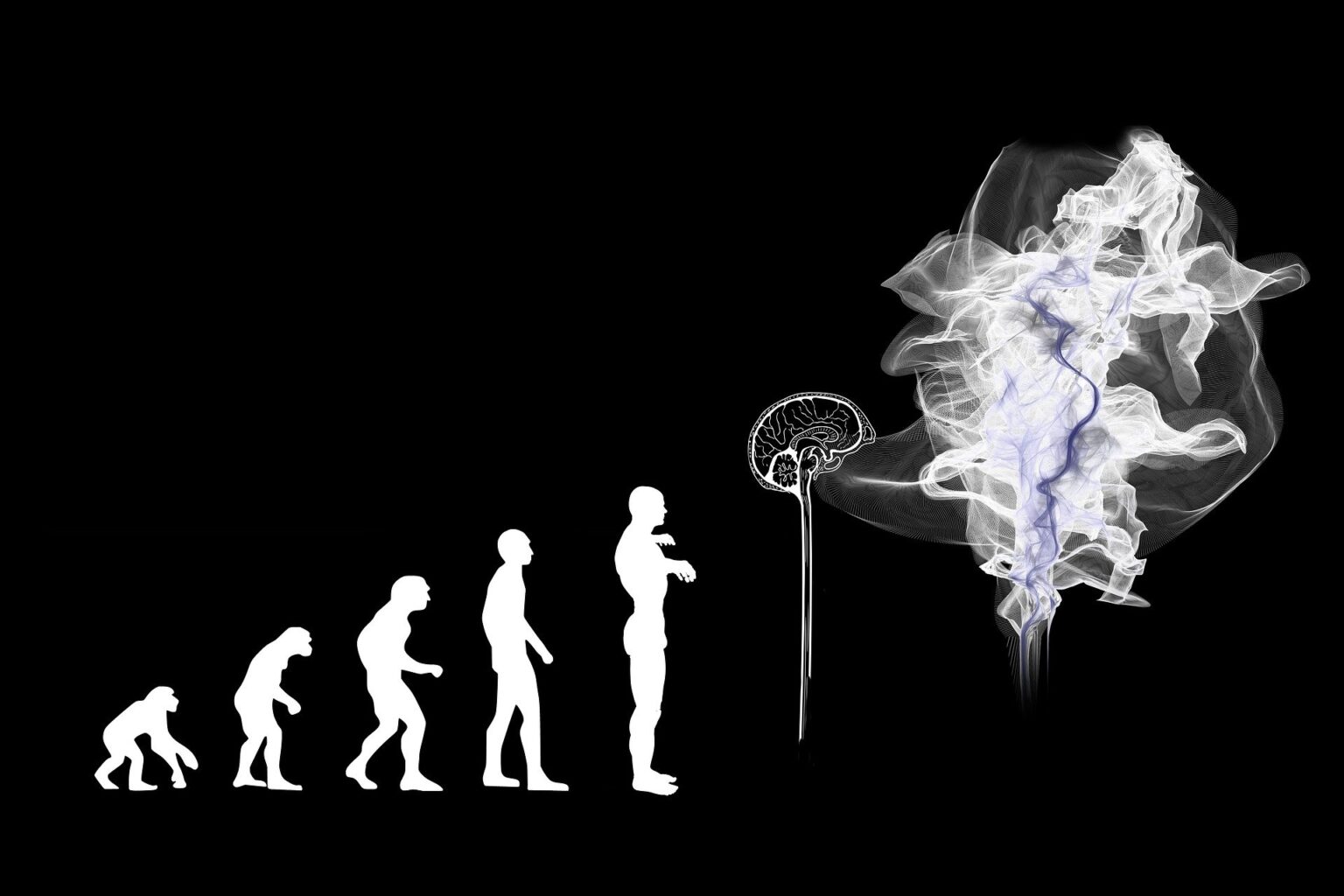If you are reading this, you are more than likely on an old version of Dynamics CRM. Shame on you! I joke. I come across lots of organisations that are on dynamics versions as far back as 2011. If you are on an old version, this also means that you are on-premise.
The big question you should be asking yourself is, how do I get onto the Power Platform? If you are asking yourself that question, you have come to the right place.
As scary as a prospect, it is the transition from the old to the new is a fantastic journey and has an even better destination.
There are a few options available to make the transition each of them has pros and cons. In this post, I will discuss the main options and give my opinion of what I feel is the best approach.
Upgrade
The first option that most people consider is doing an upgrade of their existing system and moving it from on-premise into the cloud. I can fully understand why this is an appealing approach, you will have a system that has the same processes and functionality as you have, which are probably working well for you.
The process can be quite a long one as to upgrade the database and solutions you will have to go through each version on-premise then eventually migrate the latest version to the cloud.

Rebuild and Migrate
The second option is to rebuild the system in the Power Platform, then migrate the data into the new platform. This is an excellent opportunity to look at your business requirements and undertake an audit of the system functionality to build a more streamlined and efficient system.
My Opinion on Approach
When I speak with organisations, I almost always recommend a rebuild and migrate approach. Generally, the only exception to this is if the initial Dynamics implementation was on a later version as this will typically be a relatively easy upgrade. If you have gone through several versions of Dynamics or on a pre-2016 version, I will always advocate for a rebuild.
Why I hear you ask? Well, let me explain.
From my experience, any system that was built pre 2016 includes a vast amount of unsupported customisations even more so with on-premise. It was all too easy to access the database directly. Don’t get me wrong, although it has never been recommended there are some occasions when it was a necessary evil. However, when you move into the cloud, you do not get that luxury.
Another standard customisation was the use of extensive javascript to show and hide information and javascript was the supported way of doing this. Not any more, there is out of the box functionality available now to do this.
I hear some of you say, but I have not made any customisations like that. That may be so but what I would say to that is by doing a rebuild it allows you to really clean up your system. How many time have you created a business process that is no longer used? Did you clean the system up when you decided to stop using it? Of course not!
A rebuild is a perfect time to really look at your business as it is today and implement all the good stuff with none of the hang-ups.
The technology has also moved on a lot even since CRM 2016, and you can implement all those shiny new features that are available today.
Here are some suggestions on the transition of older technology to new.

So far we have spoken mainly about migrating to Dynamics 365 in the cloud but what about on-premise? An excellent question indeed. My answer though is if you are looking to upgrade the cloud is the only option you should be considering. Microsoft has made an enormous investment in cloud-first, and many of the new features are only going to be available in the cloud environment.
They can’t release all the new functionality that is being released on-prem, and much of it utilises the power of Azure which you simply could not run on your own infrastructure.
The main reason people consider on-premise is generally down to security concerns. This should not be an issue.
Let me tell you a story. I was having a conversation with an IT director who preferred to have all of their application infrastructure in house. As the curious being I am, I asked why? In short, his answer came down to he felt more comfortable that it was more secure in his server room as he was able to see and touch it. My response to this was simple. If you can see it so can others and what is to stop someone walking out the door with one of your servers? He, of course, argued the point. Again my simple response was to show him the below picture of the Azure data centre and ask. Could you tell me which server had your data on it?

Microsoft spends over $100,000,000 on cybersecurity each year. How much do you spend?
Anyway, we have digressed. If you are interested in learning more about Microsoft’s Security practices check out: https://www.microsoft.com/en-gb/trust-center
My conclusion is straightforward:
